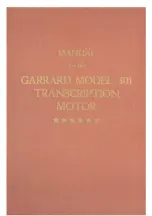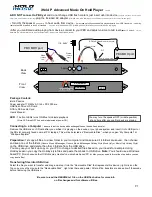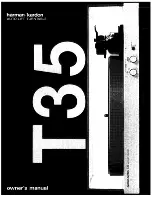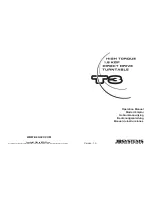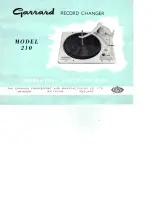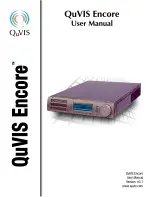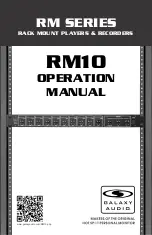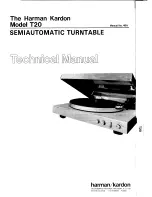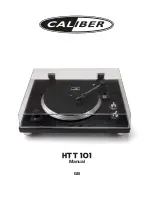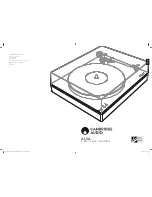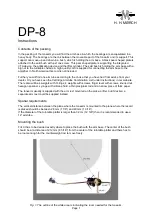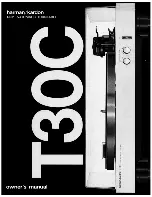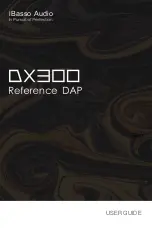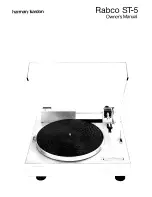
However, both of these systems were
only capable of recording a single
channel of audio information. In order
to capture 2-channel stereo audio
(invented by Alan Blumlein in 1931)
the system had to be adapted
somehow. The initial challenge was to
find a way of making a disc player that
could reproduce two channels of stereo
audio, while still maintaining
compatibility with lateral-cut discs.
The solution was to rotate the
modulation direction by 45
◦
, so the
two walls of the groove are used to
record the two separate audio
channels. This means that the stylus
moves in two (theoretically
independent) axes as shown in Figure
. When the same signal is applied
to both channels (better known as a
“dual-mono” or “in-phase” signal),
then the stylus moves upwards for the
left while moving downwards for the
right channel (or down-left & up-right),
for example. This means that signals
that are identical in both channels
move the stylus laterally, exactly as in
earlier monophonic discs.
Figure 2.10: An over-simplified depic-
tion of how the two audio channels
are encoded in the groove. From left
to right: No modulation (silence); Left
channel signal modulates the groove’s
left wall; Right channel signal modu-
lates the right wall.
As a result, if you look at the groove in
a modern two-channel stereo LP, it
appears that it simply wiggles
left-to-right (as can be seen in Figure
). However, if you inspect the same
groove with extreme magnification,
you can see that the modulations in
the two sidewalls of the groove are
slightly di
ff
erent, since the audio
signals on the left and right channels
are not identical.
Figure 2.11: Example of two di
ff
erent
signals encoded on the two channels of
a stereo groove.
4
For a more correct explanation of this movement, see http://rfcafe.com/references/radio-electronics/stereo-disc-july-1958-radio-electronics.htm
6




















